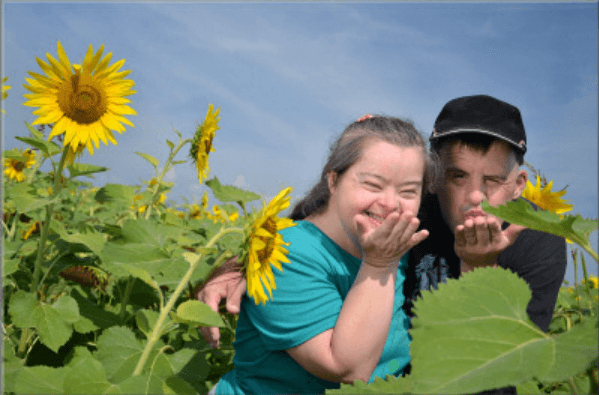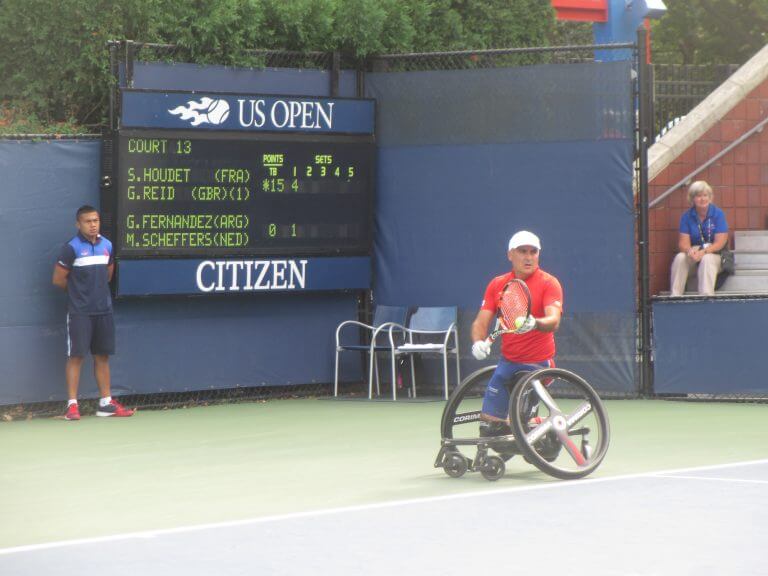Original Article in The New York Jewish Week
At Camp Ramah, Israel is central. Dozens of Israeli shlichim (emissaries) “bring” Israel to our nine overnight camps and four day camps in North America each summer. And, for decades, campers have been participating in a variety of programs through Ramah Israel including Ramah Israel Seminar, Tichon Ramah Yerushalayim (TRY), Ramah Israel Institute, and Ramah Jerusalem Day Camp.
Campers with disabilities in our inclusive camping programs have many opportunities to form meaningful relationships each summer with the shlichim, who serve as bunk counselors and teach swimming, sports, arts and crafts, dance, and more.
Through the generosity of the UJA-Federation of New York and an incubator project of The Jewish Education Project, and with the expertise of an inclusion specialist and specially trained counselors, Ramah Seminar, a six-week Israel travel and study program, has successfully included and accommodated several participants in recent years with physical and developmental disabilities. (Read “LOTEM – Making Nature Accessible.”)
Every two years during December break, Ramah Israel Institute runs the Tikvah Ramah Israel Trip, a ten-day multi-sensory Israel experience, for participants in our various Tikvah programs across North America. Participants with developmental and intellectual disabilities travel to Israel with specially trained staff and visit sites such as Masada, the Dead Sea, and the Kotel, while also planting trees, participating in an archaeological dig, and picking fruits and vegetables for Israel’s needy. Participants also visit the homes of their Israeli mishlachat friends. (Read more: “North Americans with Disabilities Meet Israelis ‘Just Like Them,’ and It’s Profound” and “The Typical Israel Experience And A Whole Lot More.”)
This year, Ramah is offering its first-ever Tikvah Family Israel Trip.From December 20-29, 2016, parents and children will enjoy hands-on activities as we explore Israel. The trip will provide families with a child with a disability to explore Israel as a family unit. A carefully prepared itinerary and expert guide will assure that all family members experience Israel in a unique way. Highlights include playing with guide dogs for the blind, touring the Kotel Tunnels and visiting animals at the Biblical Zoo in Jerusalem, floating in the Dead Sea, experiencing Tel Aviv’s vibrant day and night life, and taking in breathtaking views of the Ramon Crater in the Negev desert. If the experiences of families participating in Ramah’s family camps and retreats for families with children with disabilities are a predictor, the Israel trip will afford families the opportunity to form deep and lasting friendships.
Rabbi Mitchell Cohen, National Ramah Director, writes, “Ramah Israel has been running family trips for many years and the participants are overwhelmingly appreciative. Running similar trips for families with children with disabilities is exactly what Ramah stands for—excellence in Jewish education and inspiration, and totally inclusive.”
Families interested learning more about the Tikvah Family Israel Trip may contact Howard Blas, Director of the National Ramah Tikvah Network, at howard@campramah.org.




